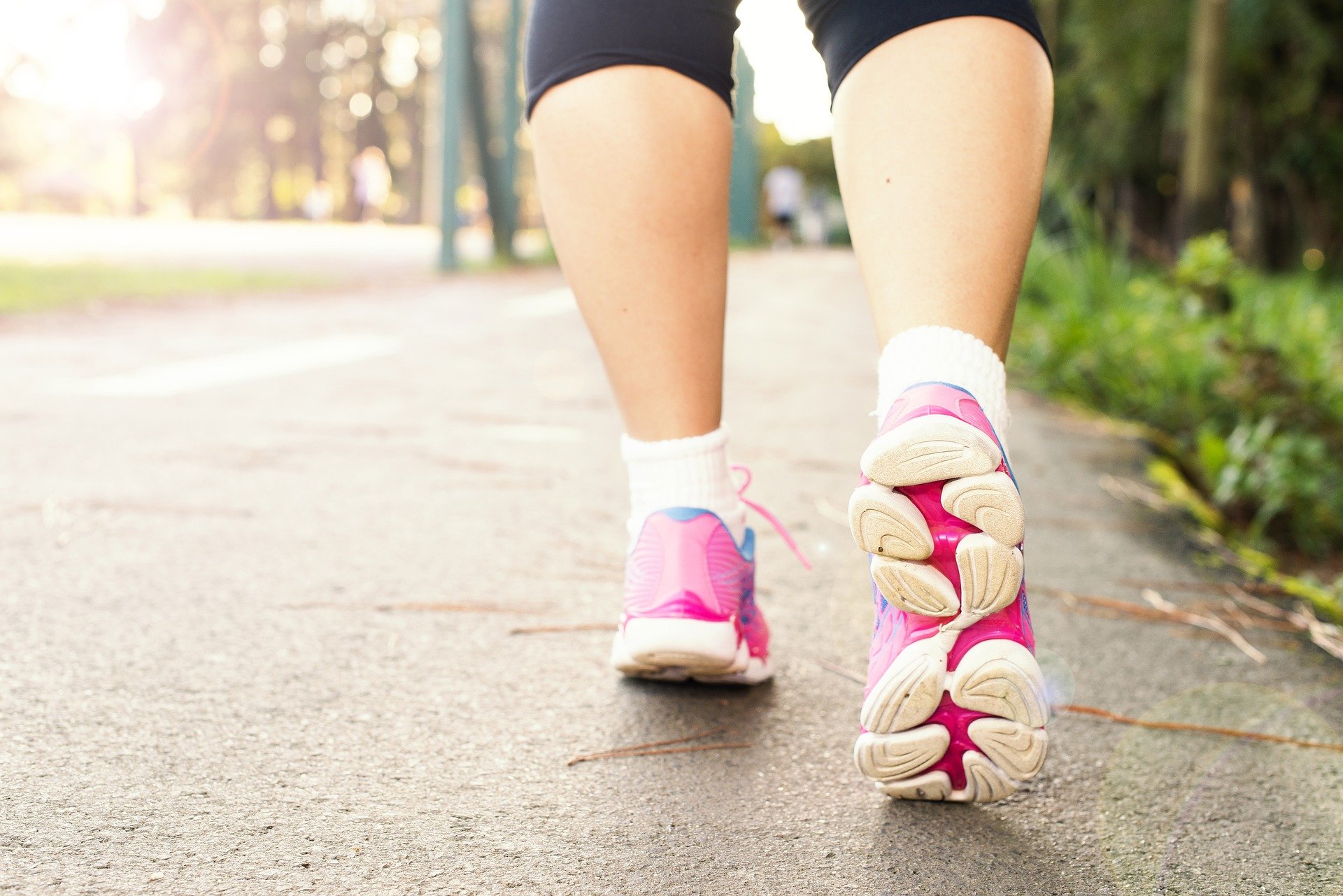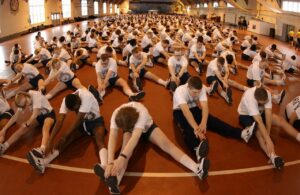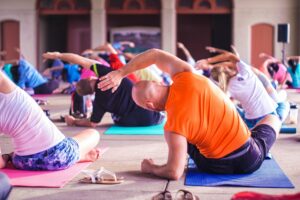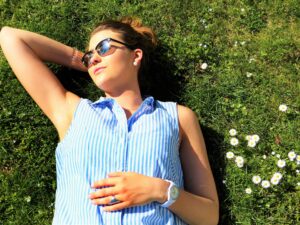Walk Your Way To Better Physical, Mental Health

Everyone needs physical activity to stay healthy, walking is the easiest form of exercise. But it may be the reason why it is also ignored as a good form of exercise that offers many amazing health benefits. Walking as a form of exercise doesn’t require any special equipment’s and doesn’t cost much. All one needs is a good pair of walking shoes and you are all set to walk your way to good health.
Research has shown that walking at least 30 minutes a day can help you:
- Reduce your risk of heart disease, stroke and type 2 diabetes
- Improve your blood pressure, blood sugar and blood cholesterol levels.
- Prevent weight gain and lower the risk of obesity.
- Improve your mental well-being.
- Increase your energy and stamina.
- Reduce your risk of osteoporosis, breast cancer and colon cancer.
The right way to walking
You know how to walk, but when you walk for exercise, there are certain things to consider.
• Wear the right shoes. Wearing a pair of comfortable and fitting walking shoes is essential. Inappropriate shoes can cause discomfort or even injuries, so take your time to select a suitable pair.

Insole and midsole
Well-cushioned to absorb shocks
Outsole
Tough enough to resist walking impact and patterned to provide traction
Uppers
Sturdy yet soft and flexible enough to bend with the foot
Toe box
High enough to allow free toe movement and spacious enough to allow 1.5cm between the toes and the shoe front for comfort
Heel counter
Fit closely for stability
Arch support
Flexible soles at the ball of the feet rather than in the middle of the feet for better support
Wear comfortable clothes. Loose fits are best, but wear clothes suited to the weather conditions under which you are walking.
• If you have never maintained an exercise routine then it’s a good idea to slowly build up your stamina for longer routes or a tough terrain. Start by walking for 20 minutes on a moderate pace. To receive health benefits of your walking workout remember that your pace must be suitable for aerobic activity done with moderate intensity.
• Walking for exercise can also be done for 10-to-15-minute segments twice a day for those who find it difficult to walk for more than a short period of time or for those who are short on time. You can also opt for 30-minute chunks 3 to 4 times a week.
• Follow your body’s natural rhythm when starting your walking routine. You can build the distance or the intensity or both gradually.
• Consult with a doctor before you begin a workout routine. This is even more important for those who suffer from chronic pains or any medical problems.
Health benefits of a walking exercise routine
Weight maintenance: Walking is great way of losing the extra flab from your body and maintain a healthy body weight.
Good heart health: Walking is an aerobic activity so it strengthens the heart, thereby, lowering the risks of heart attacks and strokes. It also helps to regulate the blood pressure and lower bad cholesterol levels (LDL).
Good bone health: Walking is great for maintaining good bone health. Regular walks nourish the spinal tissues, lower the risk of osteoporosis and prevent loss of bone density. The sooner you begin a walk workout, the better it is for your bone health.
Strong muscle: Walking strengthens all muscle groups especially muscles of the legs, hip and feet. It really works up the glute and calf muscles and makes you feel active and strong. Your quads and hamstrings benefit too as they can remain nimble as you age.
Stress reduction: Walking is known to reduce stress levels. This works on the same principal of endorphins releasing in your body when you workout. But walking also helps reduce stress as it is often done over a long stretch of time; in silence or with some music and fresh morning air or balmy evening breeze. Some people compare it to a walking meditation.
Ups the energy levels: When you walk, the blood circulation in your body increases and it boosts the supply of oxygen to the heart. Since walking is a low-impact activity you end up feeling refreshed rather than huffing or puffing.
Content disclaimer
Content on this website is provided for information purposes only. Information about a therapy, service, product or treatment does not in any way endorse or support such therapy, service, product or treatment and is not intended to replace advice from your doctor or other registered health professional. The information and materials contained on this website are not intended to constitute a comprehensive guide concerning all aspects of the therapy, product or treatment described on the website. All users are urged to always seek advice from a registered health care professional for diagnosis and answers to their medical questions and to ascertain whether the particular therapy, service, product or treatment described on the website is suitable in their circumstances. Medimission.com shall not bear any liability for reliance by any user on the materials contained on this website.






